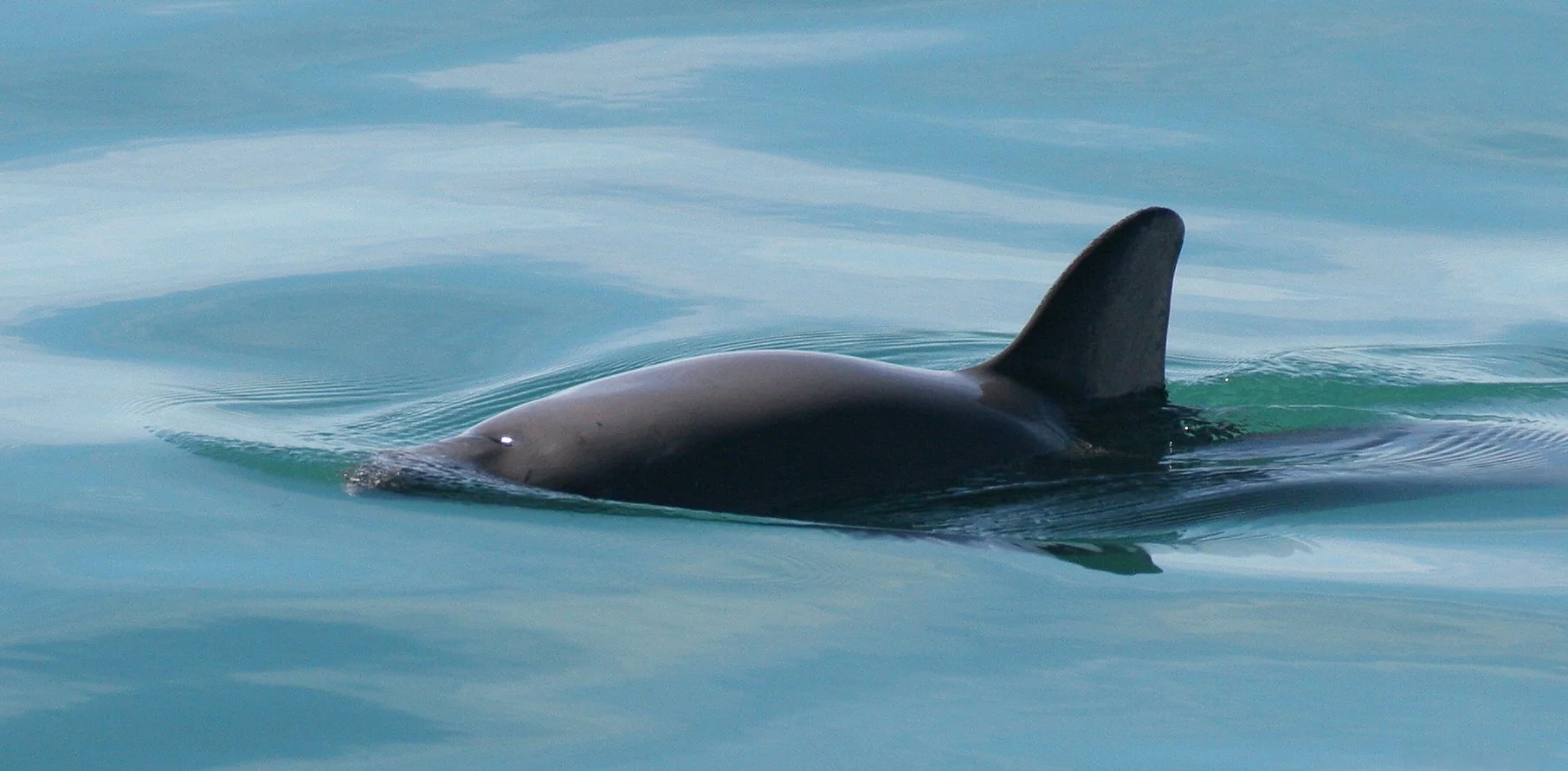As jaguars and vaquitas face extinction, Mexico's environmental budget has been cut in half
In Mexico, a coalition of environmental advocates are once again sounding the alarm over the erosion of funding for the country’s Natural Protected Areas (NPAs).
Mexico’s 232 NPAs cover more than 98 million hectares across the country, and play a critical role in protecting the biodiversity of the country’s marine, coastal, terrestrial, and freshwater ecosystems. Iconic species like vaquitas, whale sharks, jaguars, monarch butterflies, and Mexican gray wolves depend on functional NPAs to live and thrive.
Though Mexico enshrined environmental protection in its constitution, and despite the country’s participation in environmental agreements, funding for federal agencies that manage NPAs continues to fall each year.
Gina Chacón, director of public policy at Wildlands Network Mexico and member of NOSSA stated, “Government priorities are not measured by speeches, but by the budget. Its values and intentions are laid bare in the items it chooses to fund or abandon. And the evidence is alarming: the budget for Protected Natural Areas — the backbone of conservation in Mexico — has been in decline for two decades.”
Wildlands Network is a member of NOSSA, a coalition of five nonpartisan, environmental nonprofits that is urging the Mexican Presidency to direct more funding toward NPAs. A report published today, “Caring for what matters: Budget for environmental stewardship and Natural Protected Areas in the Federal Expenditure Budget Proposal 2026: Analysis and recommendations,” outlines what’s at stake and offers recommendations for shoring up NPAs’ funding.
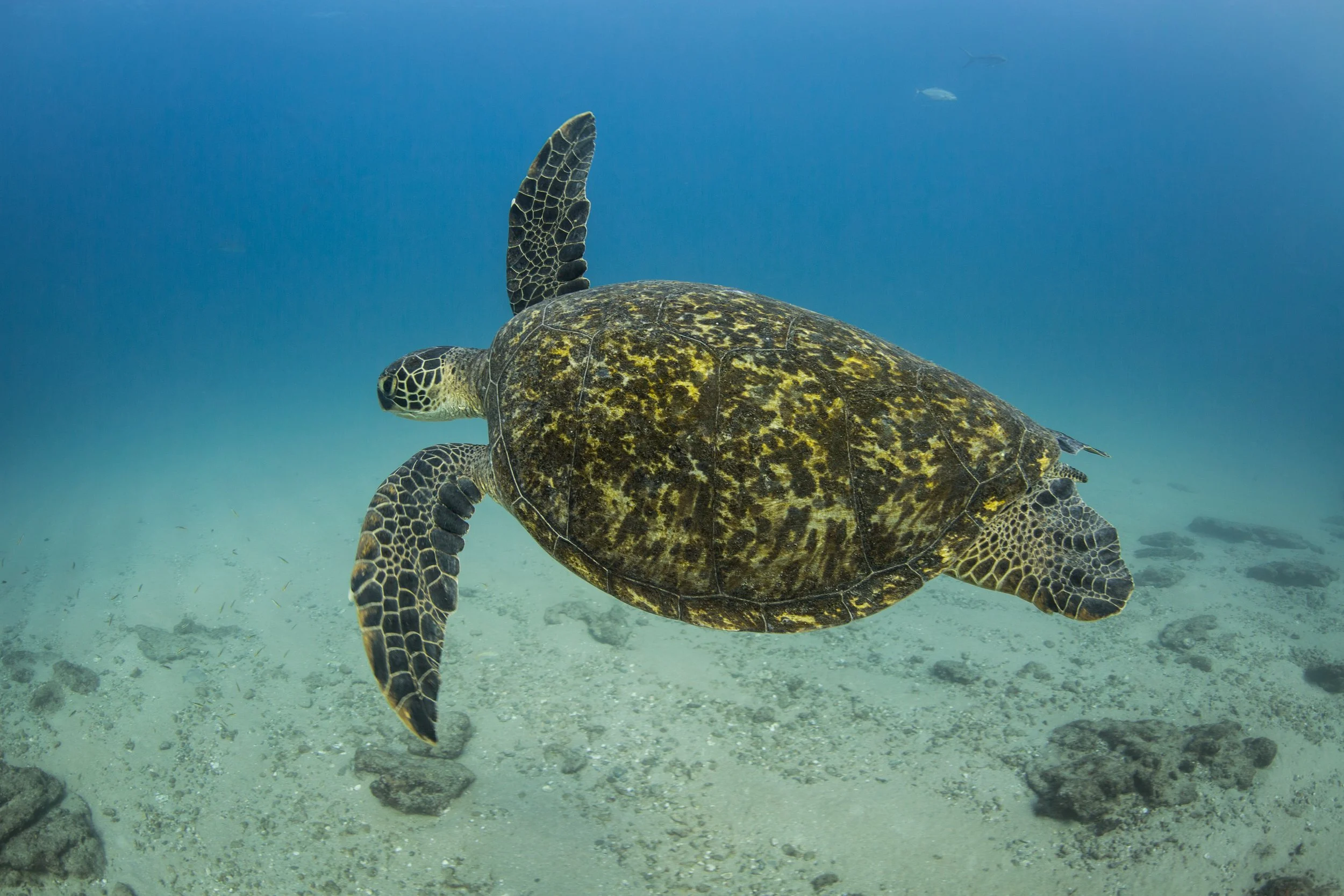
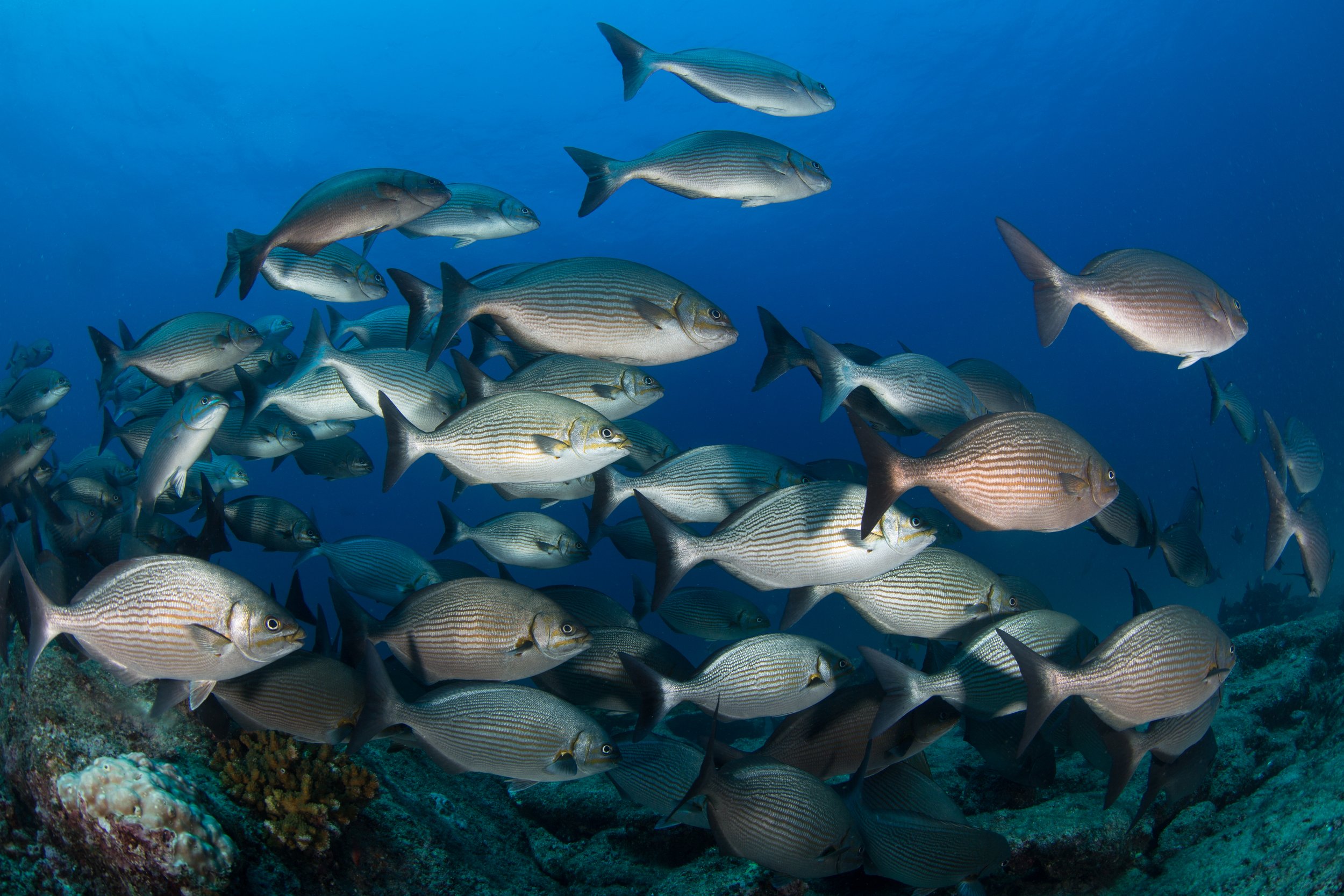
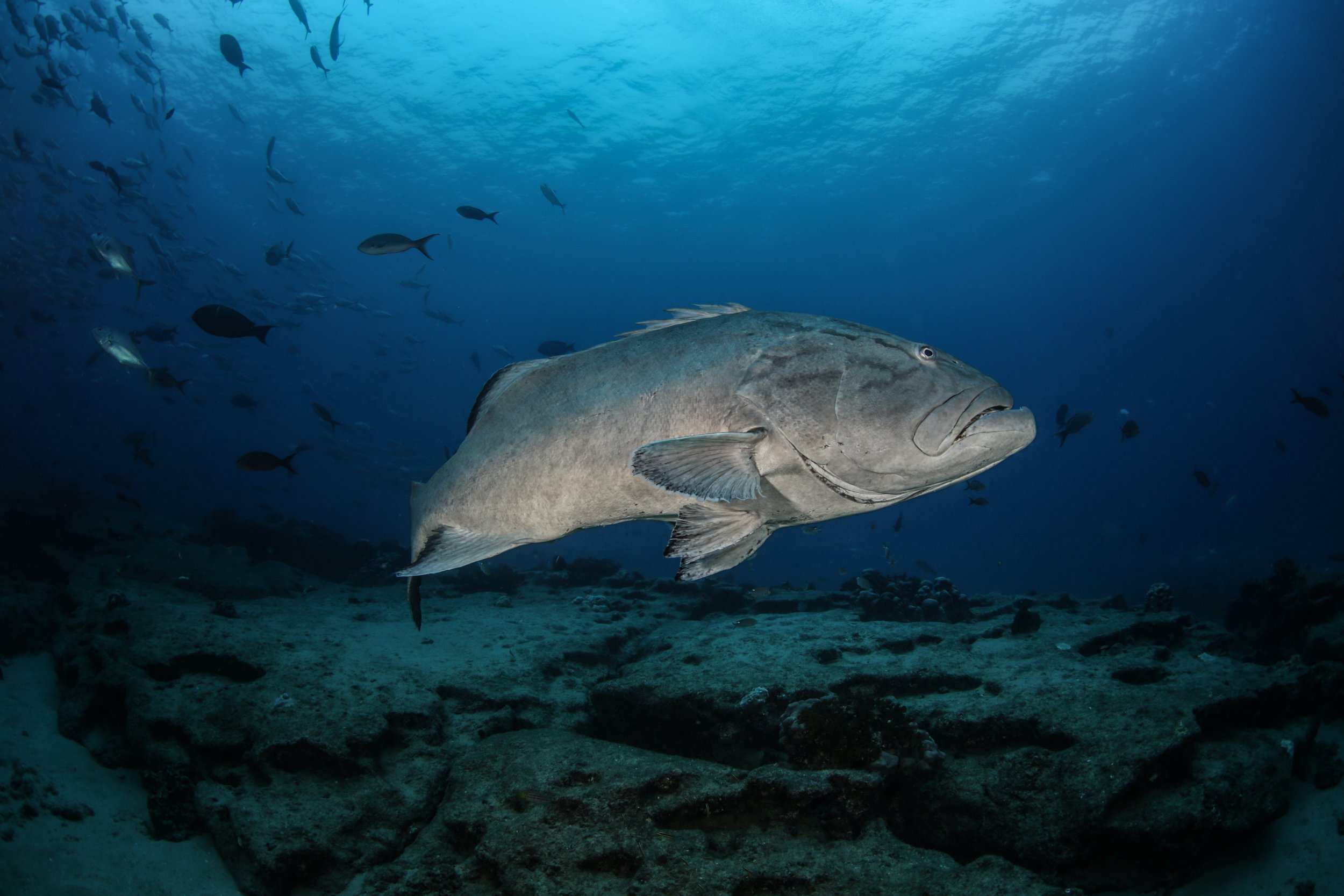
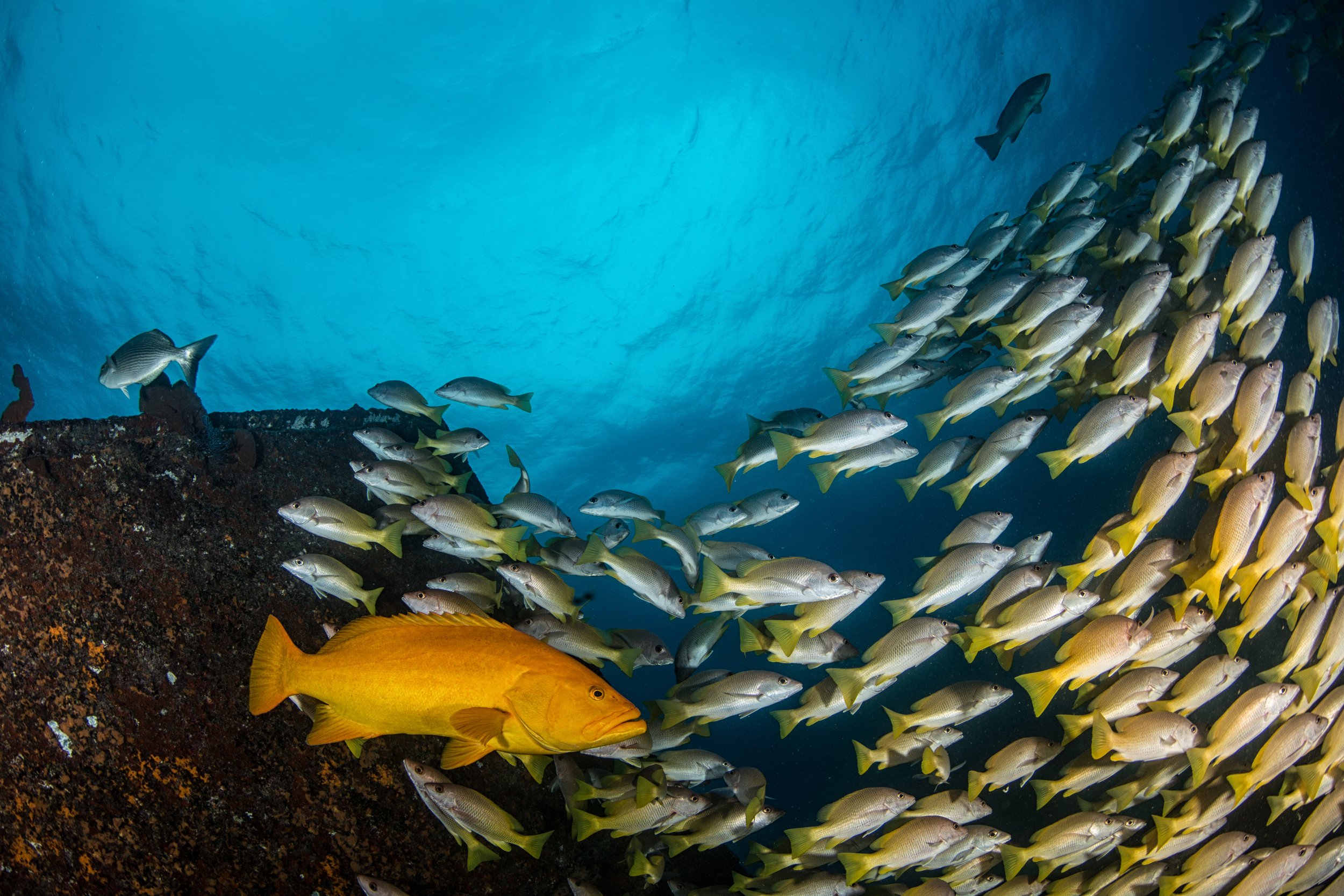

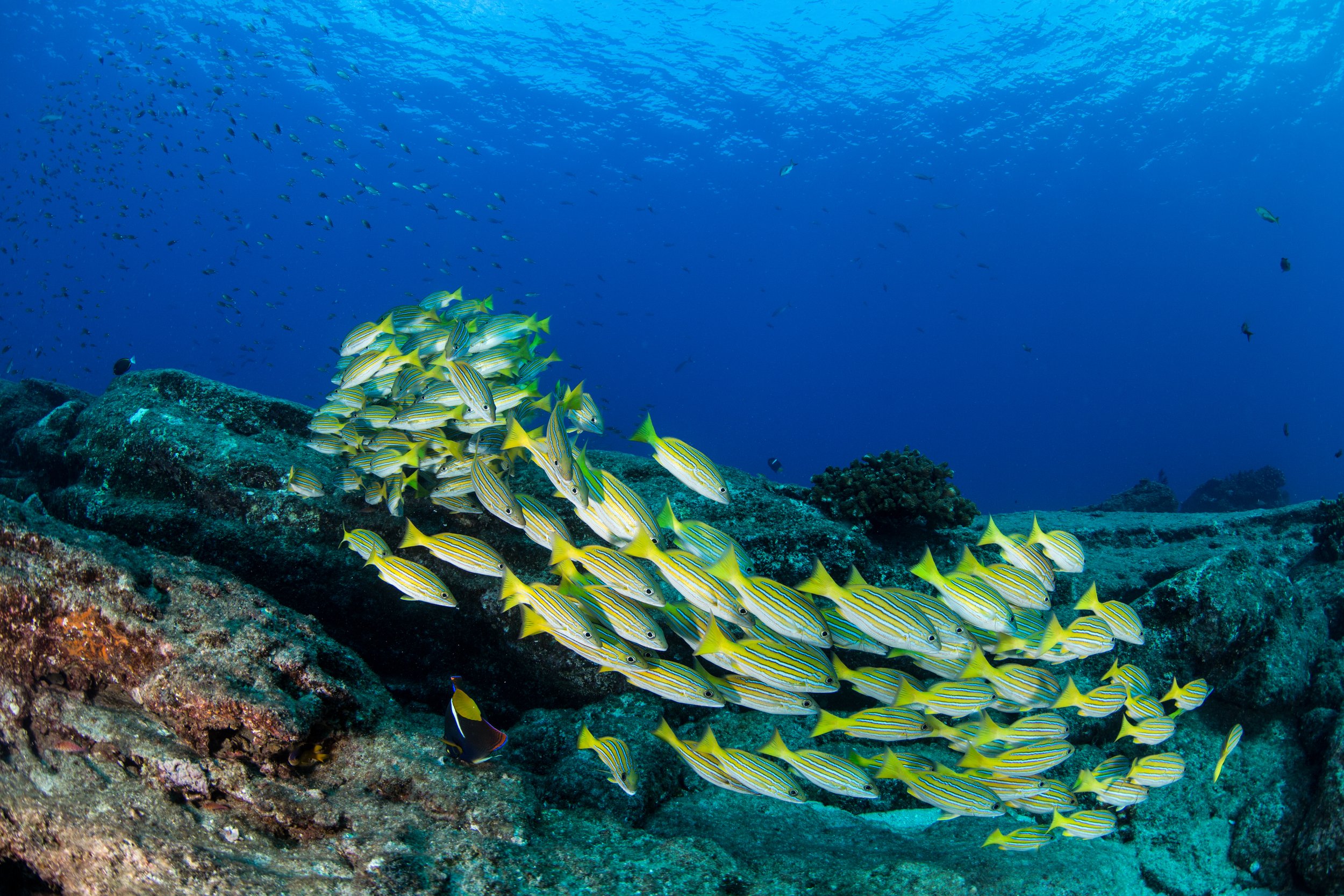
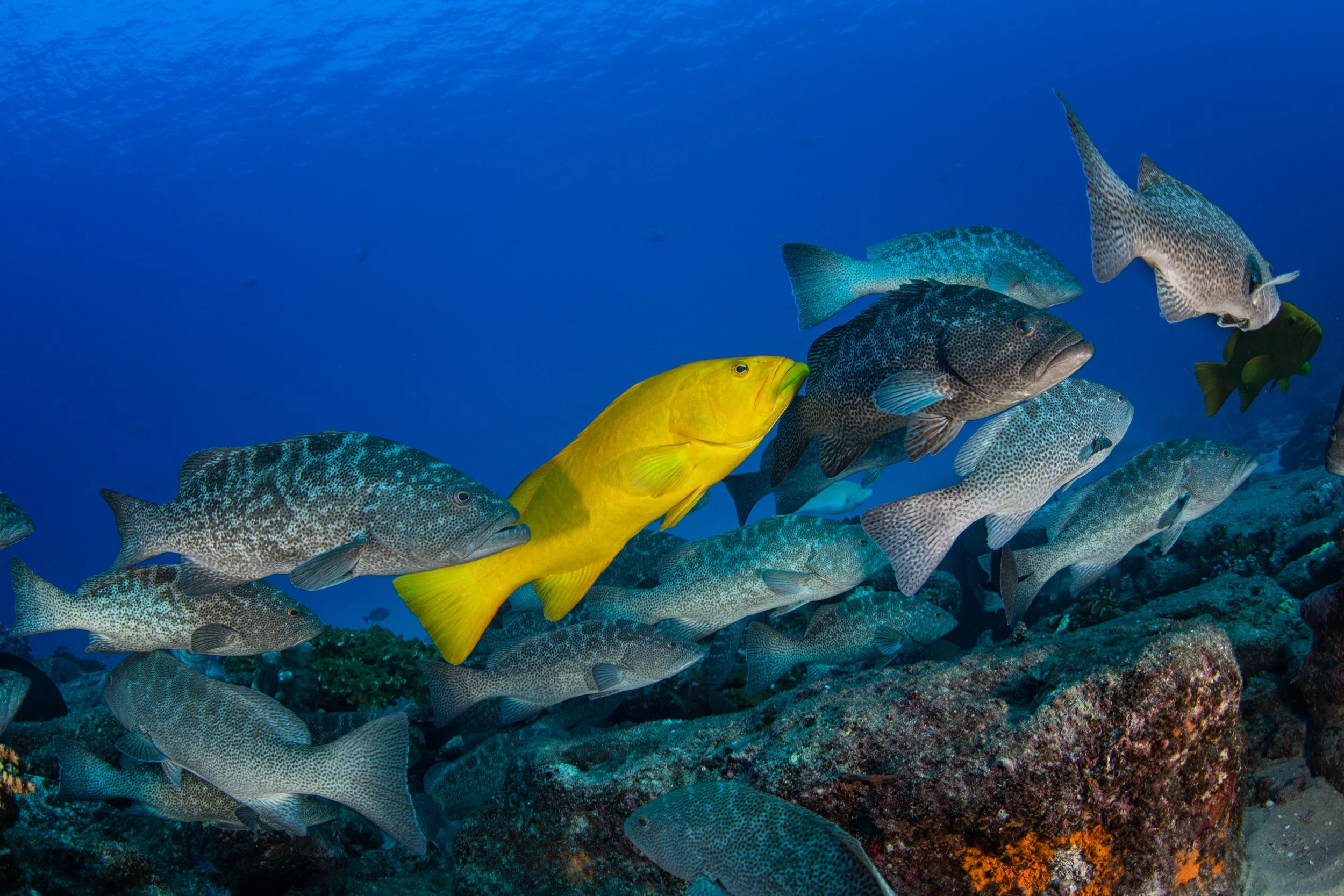
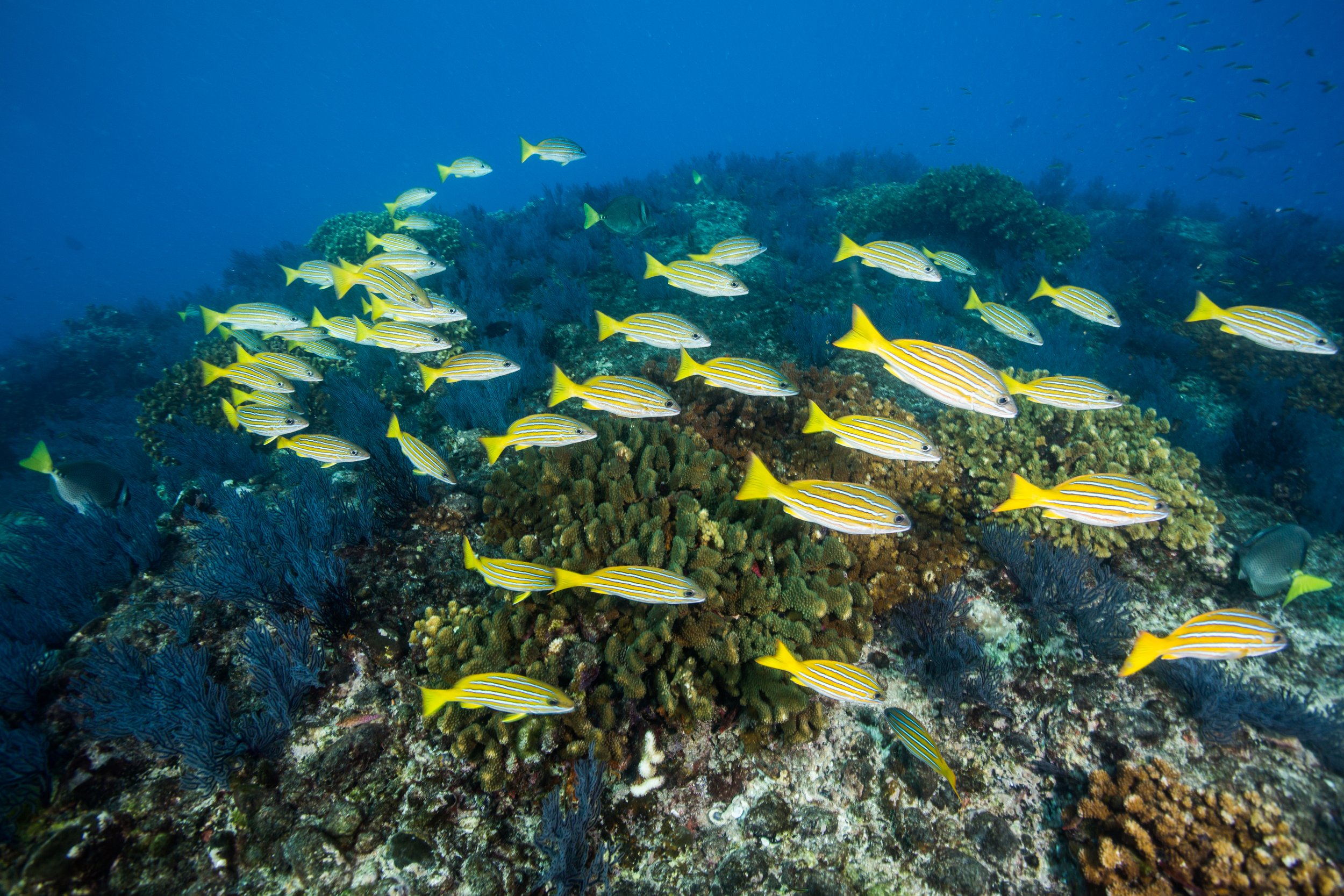
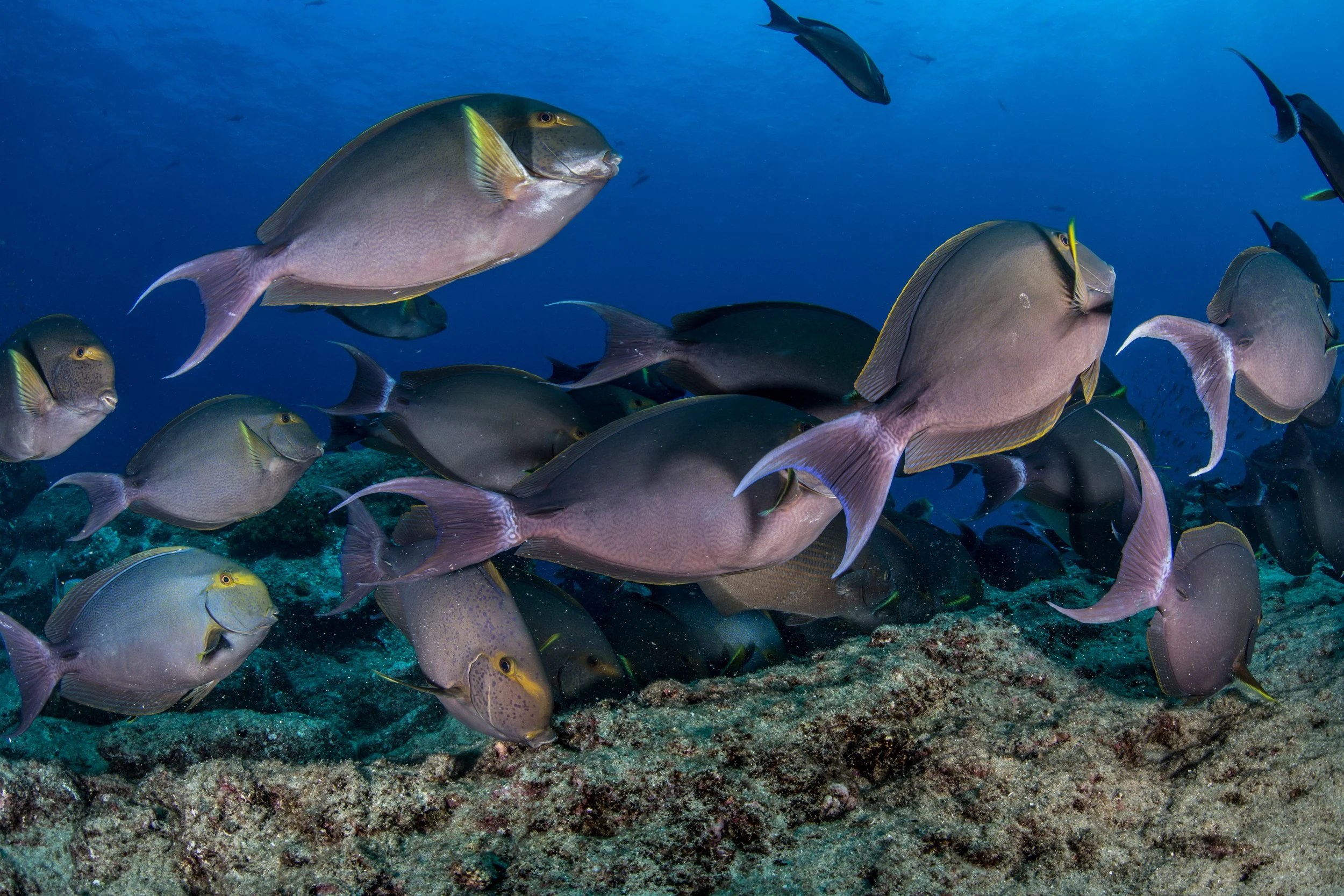
Photo collection by Carlos Aguilera
Environmental protection is a human right
The fourth article of Mexico’s constitution states that “every person has the right to a healthy environment for their well-being.” Wildlands Network NOSSA Coordinator Daniel Martin says this obligates the country to guarantee that right through “progressive and sustained public investment.”
Between 2007 and 2026, the country’s environmental budget has been slashed by 52%. This year, the budget for the Ministry of Environment and Natural Resources is $101.25 million, a 4% reduction compared to 2025.
“Without adequate funding, these commitments remain merely discursive,” Martin said, “whilst the reality threatens the biodiversity, biocultural heritage, and climate resilience that NPAs are meant to safeguard.”
Decades of chronic underfunding has left Mexico’s NPAs in a precarious state, operating under severe financial constraints that compromise their ability to fulfill basic conservation functions.
On the ground, a lack of funding results in staffing shortages that leave NPAs vulnerable to illegal activity, including poaching and logging. Some NPA directors currently oversee various NPAs. Scaled-back community engagement and environmental education programs weaken local stewardship.
Photo by Paula Olson, NOAA
Conservation goals for these areas go unmet due to outdated management programs, or a lack of management programs. Of Mexico’s 232 NPAs, 92 are operating without management programs at all. Meanwhile, restoration and monitoring programs are delayed or implemented with few resources.
2026 budget cuts loom
Mexico has several federal entities that oversee conservation-related activities.
Mexico’s National Commission for Natural Protected Areas (Conanp) coordinates NPAs management. This includes activities like biological monitoring, restoration efforts, and inspections and surveillance to prevent illegal activity. But Conanp’s proposed 2026 budget is only 1.002 million pesos ($52 million), the equivalent of 10.22 pesos ($0.56) per hectare. That’s a 3% reduction since 2025, and the lowest budget for the entity in 21 years.
Another entity, the Federal Attorney for Environmental Protection (Profepa), directs inspections, environmental law enforcement, and justice within NPAs. The 2026 budget for Profepa proposes a 4.8% cut, or $2.28 million, compared to last year, undermining the agency’s ability to prevent illegal fishing, logging, poaching, land invasions, and other activities.
Martin says that such cuts violate Mexico’s constitutional obligation and jeopardize progress toward several environmental goals. Mexico is a signee to the Escazú Agreement, a Latin American regional agreement that guarantees environmental justice, access to information, and participation. It also goes against the country’s commitment to conserve 30 percent of its land and marine areas by 2030, part of the Kunming-Montreal framework.
“What we are witnessing is a serious failure to prioritize nature and climate resilience in Mexico's public policies,” Martin said. “Given the climate emergency we are facing, along with Mexico’s international commitments to the 2030 Agenda and the Escazú Agreement, we had reason to expect a shift in priorities. Instead, we see fossil fuel expansion, cuts to environmental institutions, and a lack of accountability regarding the use of the budget for developing programs, as well as their efficiency.”
More funding needed in the right places
The National Commissioner for Natural Protected Areas identified an operational gap of $200 million by 2030. Closing the gap will require significant funding increases to cover needs for existing NPAs, as well as any NPAs designated in the interim.
One priority for additional funding would be creating and updating management plans for NPAs, allowing them to meet their conservation goals. Another priority would be strengthening field operations and local management for each area. That means hiring and training more park rangers, researchers, and community liaisons.
Funding is needed for more marine and terrestrial vehicles, monitoring stations; tools that support data collection, surveillance, and emergency response; and radios for communication between park rangers and local authorities. On an infrastructure level, NPAs need additional signage and trails to enhance the visitor experience.
Another pressing issue is ensuring that park entrance fees are reinvested in the areas that generated them. For example, the Balandra NPA generated over $218,000 in 2023 through entrance fees, but only got back $1,141. With a minimum operational budget of $234,000, if the park could retain its entrance fees, it would be nearly self-financed.
Continued budget cuts put even Mexico’s most-protected land and species at risk. Without a budget for biodiversity conservation, protected areas are just lines on a map that tend to disappear. Environmental organizations can provide analysis and evidence to hold the Mexican government accountable for meeting its constitutional requirements and environmental goals, and can produce proposals to address financial shortfalls in order to maintain effective environmental policy.
Cover photo by USFWS


